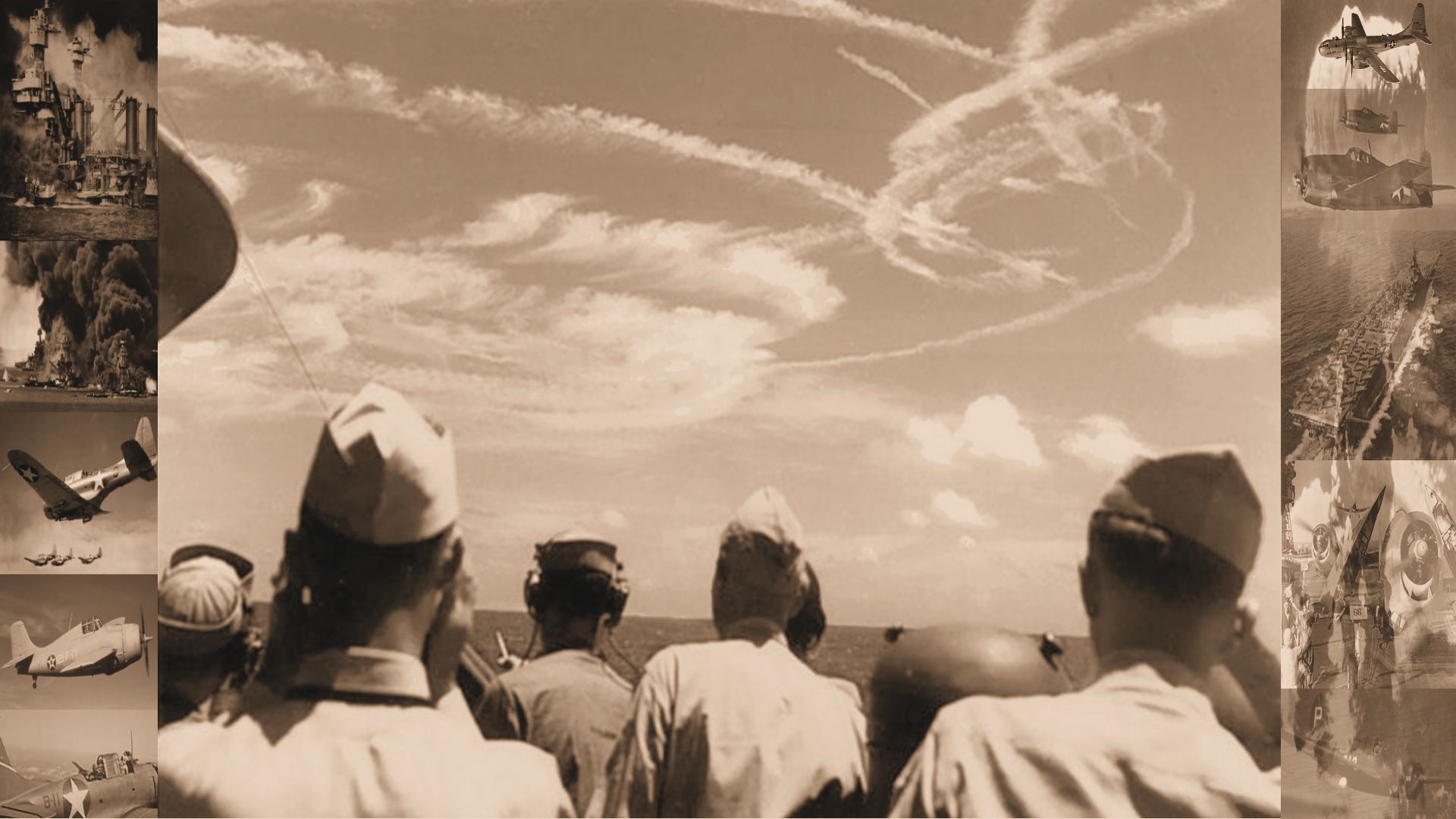 Grumman F6F 'Hellcat'
Grumman F6F 'Hellcat'
The Grumman F6F 'Hellcat' was a carrier-based fighter aircraft conceived to replace the earlier F4F 'Wildcat' in United States Navy service. The F6F 'Hellcat' was a rival of the faster Vought F4U 'Corsair' for use as a carrier based fighter.
Development
Grumman had been working on a successor to the F4F 'Wildcat' since 1938 and the contract for the prototype XF6F-1 was signed on 30 June 1941. The aircraft was designed to use the Wright R-2600 Twin Cyclone two-row, 14-cylinder radial engine of 1,700 hp (1,268 kW) driving a three-bladed Curtiss Electric propeller. Instead of the F4F's narrow-track, hand-cranked undercarriage retracting into the fuselage, the Hellcat had wide-set, hydraulically actuated undercarriage struts which rotated through 90° while retracting backward into the wings, much like that of the earlier Chance Vought F4U 'Corsair'. The wing was mounted lower on the fuselage and was able to be hydraulically or manually folded, with each panel outboard of the undercarriage bay folding backwards from pivoting on a specially oriented, Grumman-patented diagonal axis pivoting system much like the earlier F4F, with a folded stowage position parallel to the fuselage with the leading edges pointing down. Further development by Grumman led to the XF6F-3 and it was estimated the XF6F-3s performance would increase by 25% over that of the XF6F-1. The Cyclone-powered XF6F-1 (02981) first flew on 26 June 1942, followed by the first Double Wasp-equipped aircraft, the XF6F-3 (02982), which first flew on 30 July 1942. The first production F6F-3, powered by an R-2800-10, flew on 3 October 1942, with the type reaching operational readiness with VF-9 on USS Essex in February 1943.
Back to Top
In Action
The F6F Hellcat made its first combat flights on August 31st, 1943. Initially, the aircraft were based on the USS Essex, USS Yorktown and the light carrier USS Independence. Within 18 months of the Pacific War the Grumman F4F fight against the Japanese A6M 'Zero' was soon overshadowed by the performance of the Grumman F6F 'Hellcat', which would account for 4,497 of the 6,477 shoot-downs achieved by American carrier pilots during World War II. Examples in service with the Marines and the Fleet Air Arm downed another 1,053 enemy planes. Overall, the Hellcat ran up a 19-to-1 victory ratio. U.S. Navy and Marine F6F pilots flew 66,530 combat sorties and claimed 5,163 kills (56% of all U.S. Navy/Marine air victories of the war) at a recorded cost of 270 Hellcats in aerial combat (an overall kill-to-loss ratio of 19:1 based on claimed but not confirmed kills). The aircraft performed well against the best Japanese opponents with a claimed 13:1 kill ratio against the A6M, 9.5:1 against the Nakajima Ki-84, and 3.7:1 against the Mitsubishi J2M during the last year of the war. The F6F became the prime ace-maker aircraft in the American inventory, with 305 Hellcat aces. In the ground attack role, Hellcats dropped 6,503 tons (5,899 tonnes) of bombs.
Back to Top
Foreign Service
The British Fleet Air Arm (FAA) received 1,263 F6Fs under the Lend-Lease Act; initially it was known as the Grumman 'Gannet' Mark I. The name 'Hellcat' replaced it in early 1943 for the sake of simplicity, the Royal Navy at that time adopting the use of the existing American naval names for all the U.S.-made aircraft supplied to it, with the F6F-3 being designated Hellcat F Mk.I. FAA 'Hellcat', as with other Lend-Lease aircraft, were rapidly replaced by British aircraft after the end of the war, with only two of the 12 squadrons equipped with the F6F at VJ-Day still retaining Hellcats by the end of 1945 and were finally were disbanded in 1946.
The French Aéronavale was equipped with F6F-5 'Hellcat's and used them in Indochina. The Uruguayan Navy also used them until the early 1960s.
Back to Top
Synopsis
The F6F was best known for its role as a rugged, well designed carrier fighter which was able, after its combat debut in early 1943, to counter the A6M 'Zero' and help secure air superiority over the Pacific Theater. Such was the quality of the basic simple, straightforward design, that the Hellcat was the least modified fighter of the war, with a total of 12,200 being built in just over two years. During the course of World War II, 2,462 F6F 'Hellcats' were lost to all causes; 270 in aerial combat, 553 lost to anti-aircraft ground and ship-board fire, and 341 were lost to operational causes. Of the total figure 1,298 were destroyed in training and ferry operations, normally outside of the combat zones.
Postwar, the F6F 'Hellcat' was succeeded by the F8F 'Bearcat', which was smaller, more powerful (powered by uprated Double Wasp radials) and more maneuverable, but entered service too late to see combat in World War II. The F6F 'Hellcat' was used for second-line USN duties, including training. In late 1952, Guided Missile Unit 90 used F6F-5K drones, each carrying a 2000 lb bomb, to attack bridges in Korea flying from USS Boxer, radio controlled from an escorting AD1 'Skyraider'.
Back to Top


